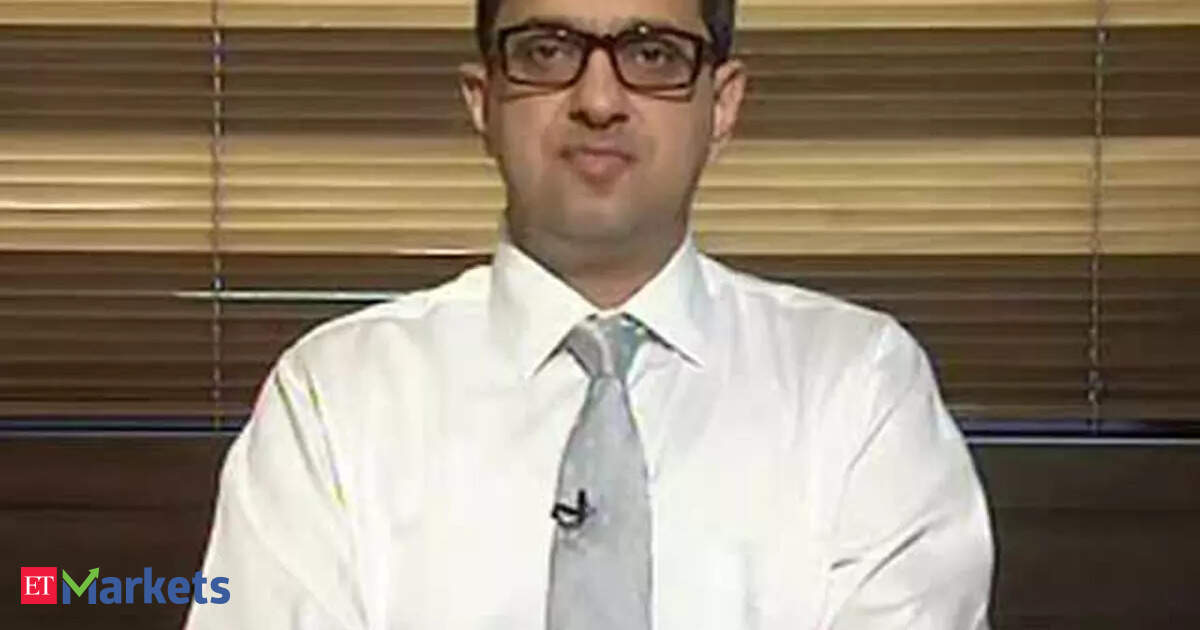Neeraj Dewan: Yes, so far, the earnings have been quite mixed. As you mentioned, there has been disappointment in IT and banking numbers. Even some infrastructure companies haven’t reported very encouraging results. June was expected to be a weak quarter, but even with those low expectations, the numbers have underdelivered, and that’s something the market is reacting to.
Secondly, the delay in the tariff settlement with the US is also weighing on market sentiment. I believe this will get resolved sooner or later. Another concern is the noise around Russian oil—if the US, possibly under Trump, decides to impose fresh sanctions, that could impact us. We’ve been benefiting from discounted Russian oil, so any disruption there would be a concern.
These are the two or three key factors dragging the market. However, on the domestic front, the macro setup looks decent—monsoons have been good so far, interest rates remain low, and liquidity is improving. These factors should bode well for the second half of the year. The third and fourth quarters could see better performance.
So, after the ongoing market correction, I expect some constructive movement. The market should gradually move higher, now that results are in and we have clarity on interest rates, liquidity, and management commentary on order flows and execution. For instance, L&T’s results today will be important to see if execution has picked up and what kind of order inflows they’re reporting.
Based on all this, we can build a constructive investment pitch for the rest of the year. Banking is one area I believe still has potential. While Kotak and Axis showed some stress pockets, there were also some positives—like Kotak suggesting MFI stress may have peaked. Bank credit should pick up, and once it does, the banking space should benefit. Valuations are still very attractive, especially for PSU banks.
Some NBFCs have also done well this quarter and could continue to perform. The infrastructure and capital goods sectors are also looking promising. As for IT, while the numbers weren’t great, they weren’t disastrous either. So the downside may now be limited, but it’s still difficult to justify fresh buying at this point. It’s better to wait and watch for now.
How do you read the banking earnings? There seems to be a clear distinction—even among the large private banks—in terms of who’s facing MFI pressure and who’s not. For instance, Kotak’s MFI book is small, but their commentary was quite cautious. IndusInd Bank had a muted quarter as well. It seems only ICICI Bank and HDFC Bank have managed to weather the storm.
Neeraj Dewan: Yes, you’re right. As you said, Kotak and Axis Bank numbers weren’t great. But ICICI Bank did very well, and HDFC Bank also posted a reasonably strong set. PSU banks, in particular, are trading at very attractive valuations, and their books are clean.
There was concern this quarter around NIM pressure and MFI stress, and these issues were visible in the reported numbers. But going forward, I believe MFI-related stress may subside as liquidity in the system improves. If we enter the festive season with a good monsoon and favorable economic conditions, that could ease some of the current concerns.
As for NIM pressure—this is a common occurrence when interest rate cycles reverse—but as credit demand picks up, this should also ease. So while this quarter’s results were mixed, I remain positive on the banking space looking ahead.
The big question is—do you buy the recent declines in stocks like Axis and Kotak, or in midcap banks generally, or do you stick with the sector leaders?
Neeraj Dewan: For now, it’s better to stick with the leaders. I’m a bit cautious on Axis Bank given its recent results and concerns around asset quality. I would prefer to watch a few more quarters before taking a call there.
Kotak Bank, despite disappointing numbers, may be the better of the two. If you see a meaningful decline in Kotak Bank, it could be considered, especially given their strong track record—even during the RBI embargo period, they managed well and bounced back strongly.
But otherwise, I’d recommend sticking with leaders like ICICI Bank, which has posted a strong set of numbers. I also continue to like PSU banks due to the comfort in their valuations. If credit demand improves, they stand to benefit meaningfully because of the levels at which they’re currently trading.







